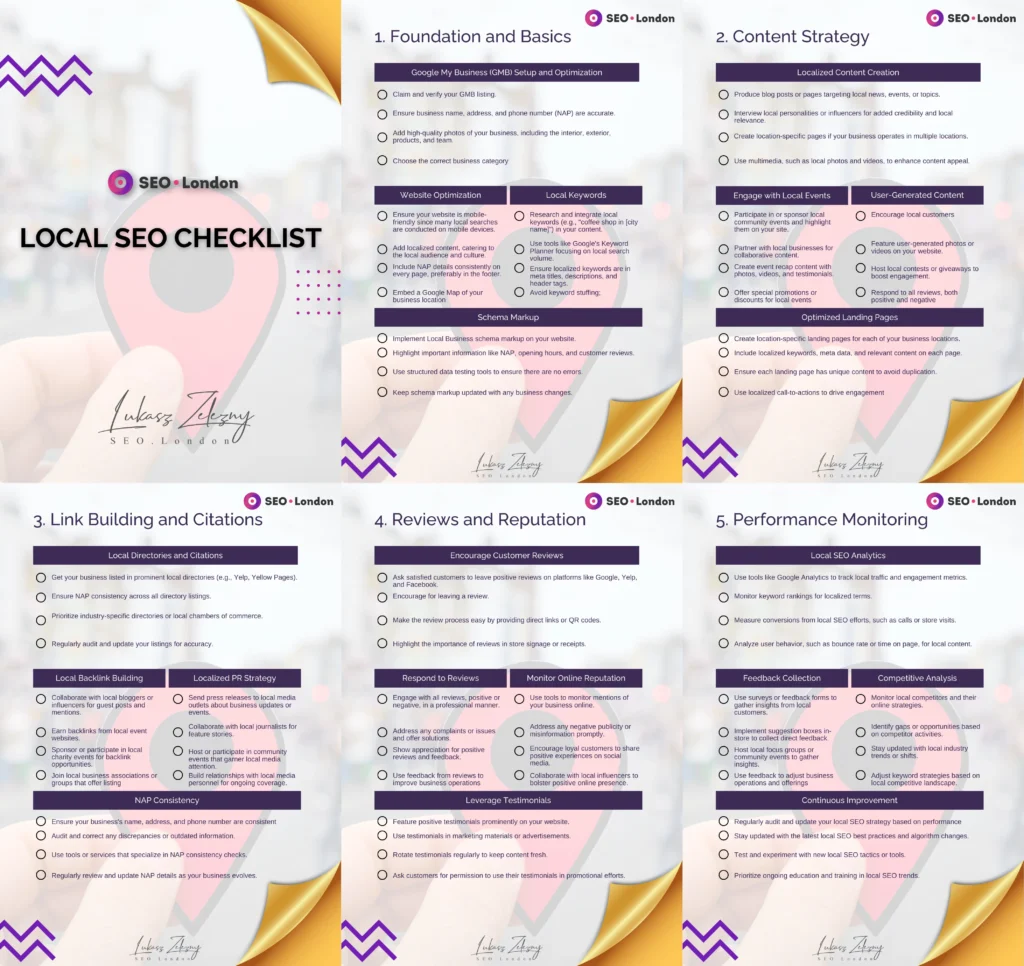Everybody is a critic nowadays. The internet has given consumers a new and powerful voice. Everyday people now can dramatically influence a company’s perception and even affect future sales. Any person can just use their smartphone to rate or review a business, an action that may shape that company’s future.
Why Are Online Reviews Important For Business?
Thanks to Yelp, Google, TripAdvisor, and other websites, businesses of all shapes and sizes must treat every customer with the utmost respect or face the wrath of an angry reviewer. The internet has significantly changed how companies operate. Maintaining a clean image is essential to keep afloat.
Who reads online reviews?
Just how critical are internet reviews? Well, a 2017 survey by BrightLocal discovered that 97% of customers check out local business ratings. Plus, 73% of consumers said that they trust a company that has good scores. Millennials are particularly perceptive to online ratings, at 68% trust consumer reviews and only 34% trust television advertising. In fact, more young people trust internet ratings more than their friends and family when it comes to making business decisions.
Download the Local SEO Checklist
How do reviews influence customer decisions?
Generally speaking, the higher rating a business has, the more customers will be attracted. A little under half of the respondents won’t even consider using a company if it doesn’t have at least a four-star rating.
Nine out of ten customers read under ten reviews before creating an opinion about a company. Forty percent of consumers read one to three reviews, and 73% read up to six reviews before making a judgment.
How will they affect my business?
There’s a definite correlation between good ratings and a successful business. Customers want to shop somewhere that treats them well and offers high-quality goods and services. In 2011, a study by the Harvard Business School concluded that one star on Yelp led to a 5-9% revenue increase. Hotels benefit even more from positive ratings as every single point leads to an 11.2% increase in room bookings.
Likewise, negative reviews can drive away potential customers. The average lousy review will cost a company up to 30 consumers. Some people are incredibly picky. Twenty-two percent of customers won’t use a business after reading a single bad review. That percentage escalates to 59% after three negative ratings.
How do I get good ratings?
The most natural thing to do is ensure that your company offers high-quality products and services. Provide a memorable experience with top-quality service. However, most customers won’t leave a review unless their experience was either incredibly positive or negative.
Luckily, there’s another simple method: asking. The BrightLocal survey concluded that 68% of consumers would rate a local business if asked for feedback. It’s incredibly easy to encourage customers to leave reviews, especially for online companies. Plenty of apps also regularly encourage users to give them five stars. Make sure to be authentic and avoid begging for ratings.
Customer service also plays a critical role in ratings. One hundred percent of people with a salary of over $150,000 leave reviews if they experience poor customer service. Those are people you don’t want to anger.
What should I do if I get a negative review?
Bad reviews often drive away business. However, there is a bright side to negative ratings. First, a 2013 Revoo study discovered that 95% of customers immediately suspect censorship if a company has zero bad reviews. Most people trust reviews if they notice a combination of positive and negative ratings.
You should respond to bad reviews with tact and style. After all, they might help you recognize areas that can be improved. A staggering 95% of unsatisfied customers say they’d return to a company that quickly resolved any complaints.
On the other hand, you should definitely avoid any unprofessional behavior. Take the example of the infamous Amy’s Baking Company. The owners are well-known for having a social media meltdown which involved them swearing and insulting everyone who gave them feedback. Needless to say, this business isn’t around anymore.
What about fake reviews?
Fake reviews are becoming an increasingly worrying problem. Some companies write fake positive reviews to boost their score and win new customers. Others will create fake negative reviews for competitors to steal customers for themselves. Sadly, a Cornell University study confirmed that human judges have a 50-50 chance of recognizing a false rating.
Gartner estimates that 10-15% of all ratings are false. University of Illinois professor Bing Liu claimed that up to 30% of product reviews are fake. These deceptive techniques influence millions of consumers each day and play a significant role in sales. Greedy companies like to cheat to get ahead, but the consequences often catch up with them.
Companies like Yelp and Amazon have begun hunting down and removing false ratings. Amazon claims to have taken at least 100,000 defendants to court over this matter. Likewise, the government has also made a stand against this behavior. In 2013, 19 New York companies were fined a total sum of over $300,000 for writing and publishing false reviews. Scammers better watch out.
How can I tell if a review is fake?
There are several tell-tale signs of a false review. The reviewer’s language is often the first indication of dishonesty. Fraudsters usually use exaggerated adjectives, but vague details about the product or service. For example, compare these two hypothetical reviews:
Review 1: “This bar is great. I ordered several shots of Jameson for the low price of $4 during happy hour. Our waitress, Jade, was really nice and cracked a few jokes with me and my friends. We also ordered their signature curly fries which were delicious. My friends and I ended up leaving around 10, but we will totally come back sometime. My only complaint was that there weren’t very many bathrooms. The bar was packed, and we had to wait for 15 minutes to use the restroom.”
Review 2: “This bar is amazing! The food and drinks are the best you’ll ever have! Also, the staff is super friendly and helpful. It’s a wonderful experience, and everyone should go.”
The first review comes across as authentic because the critic can describe everything that happened that evening and what he liked and didn’t like about the place. The second review sounds like it could’ve been written for any bar. That’s because the review was written to convince people that the bar was amazing as opposed to providing genuine feedback.
You can also examine the reviewer’s history to see any other potential red flags. Some fake reviewers will rate companies all other the world, which raises doubts as to whether the person has visited those places. For example, one Google reviewer rated businesses in Canada, Cebu, Israel, New York, and Texas all in one year. It’s unlikely that one person traveled that far in a short period of time.
Fake reviewers also habitually follow specific patterns. Let’s say that you found a critic who gave five stars to a particular hotel, but one star to each other nearby hotel. These are surefire signs of foul play.
Conclusion
The internet’s opinions have shaped businesses for years. Consumers always want to know how to spend their time and money. Reviews are a fantastic way of learning about a company or product before you purchase. The more information you have, the better. Nowadays, people rate everything: books, movies, music, jobs, dog walkers, drivers, and so on. It’s impossible for any business to escape consumer opinions.
Unfortunately, it can be challenging to get the proper reviews you deserve. Most shoppers don’t regularly rate businesses they visit. Remember to treat each customer with the highest level of respect and gratitude. Don’t dismay over a few low ratings, but instead treat them with fairness and cleverness. Monitor your social media and preserve your internet reputation so your business can succeed.
You may also like to read:
- Local SEO Services Guides
- How to Attract More Calls to Your Local Business
- Local SEO Reviews
- Local SEO Strategy
- What is Local SEO
- How to Improve Local SEO
- How to Optimize Your Blog Content For Local SEO
- How to Find Local SEO Clients Without Any Cold Calling
- Local SEO with No Physical Address
- Local SEO Citations Tips
 Published in: February 2021
Published in: February 2021
Last Updated in 2023-10-14T14:17:40+00:00 by Lukasz Zelezny




